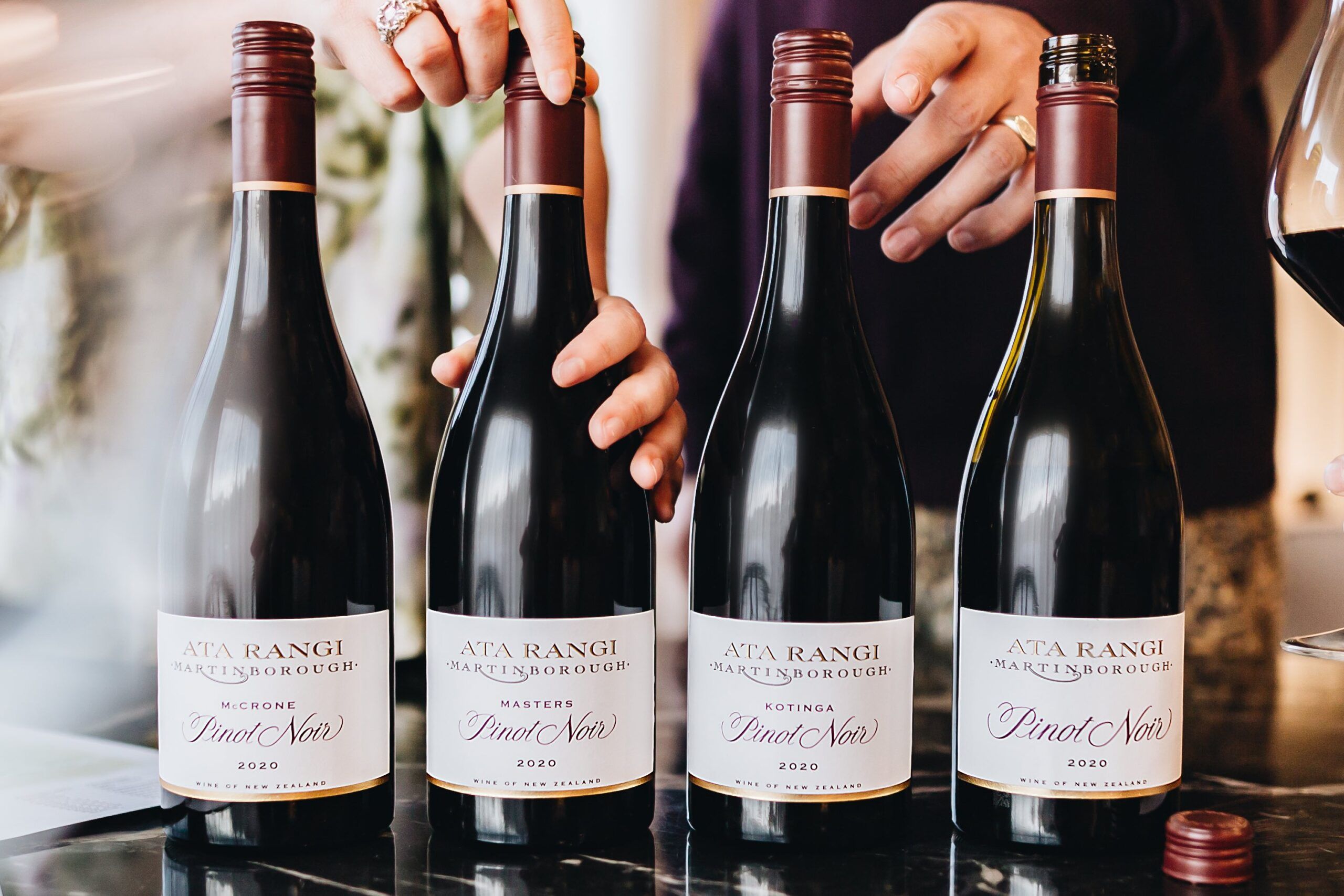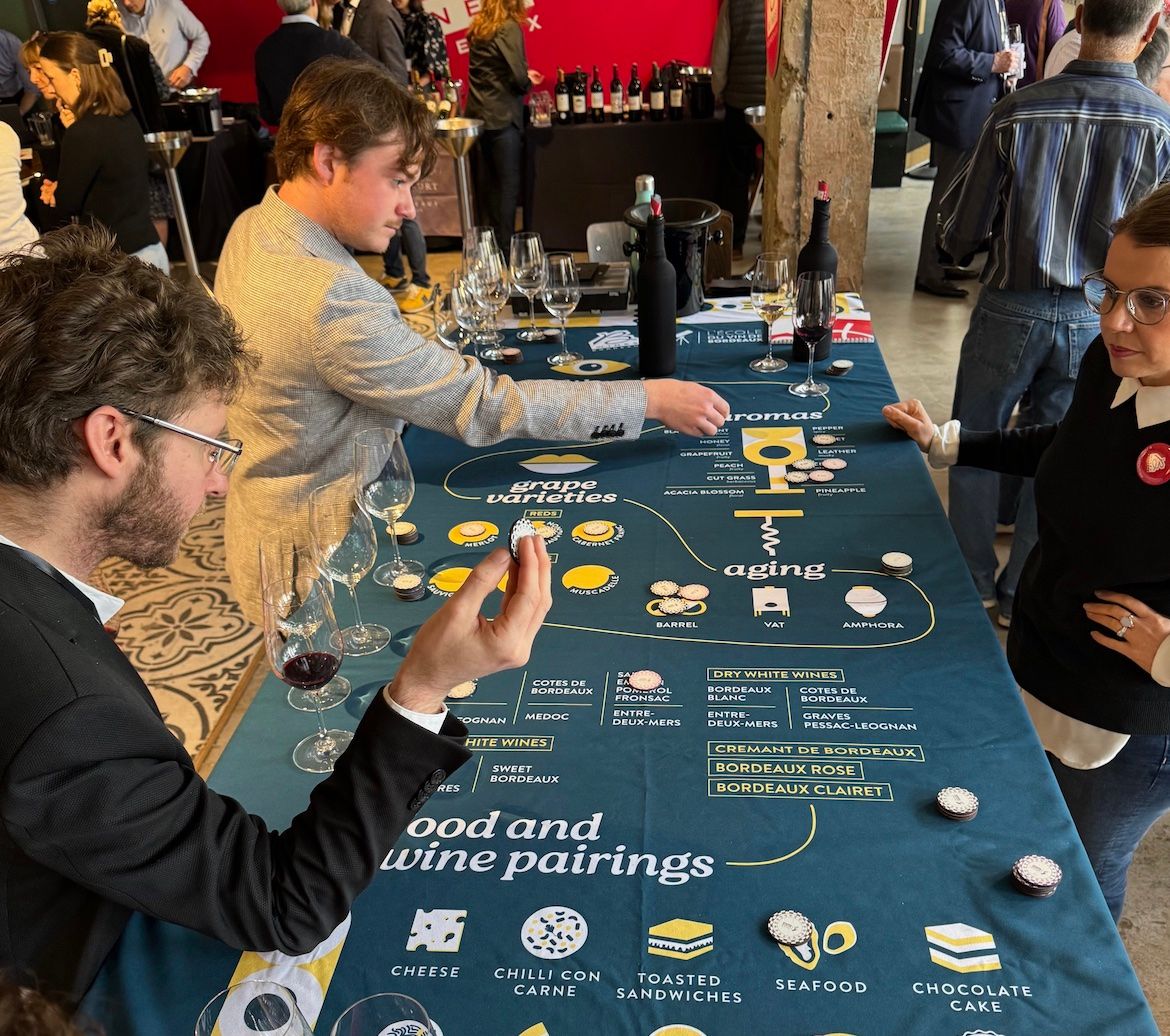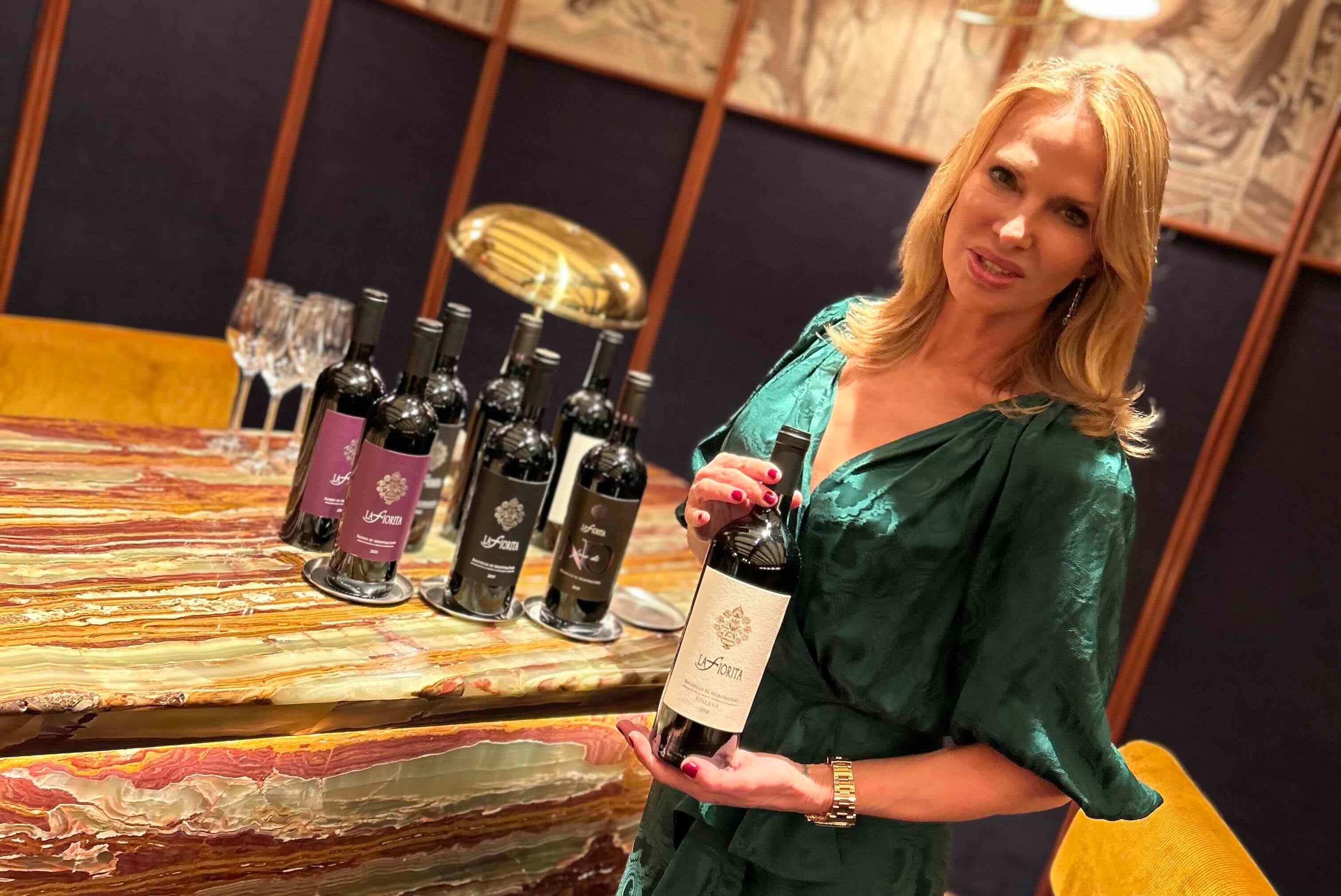Oliver Styles assesses the two new single vineyard releases from Ata Rangi – Kotinga and Masters – alongside its ‘estate’ bottlings and talks to winemaker Helen Masters about the challenges and potential for New Zealand Pinot Noir.
There seems to be a reluctance among Pinot Noir-producing wineries outside of Burgundy to take the long-standing model of the grape’s spiritual home and go all-out on vineyard designation. More than likely, I think, it’s the reality of sales and marketing: Burgundy has had centuries of doing things that way; to anyone else, a single-vineyard offering across a region and its wineries might seem a little presumptuous.
So, if I’m being crass, the Bordeaux model of an estate wine gets adopted. This is our brand, this is our Pinot Noir. I don’t blame them, I just wish there were more who did it. Terroir is everywhere – only snobs make it snobby.
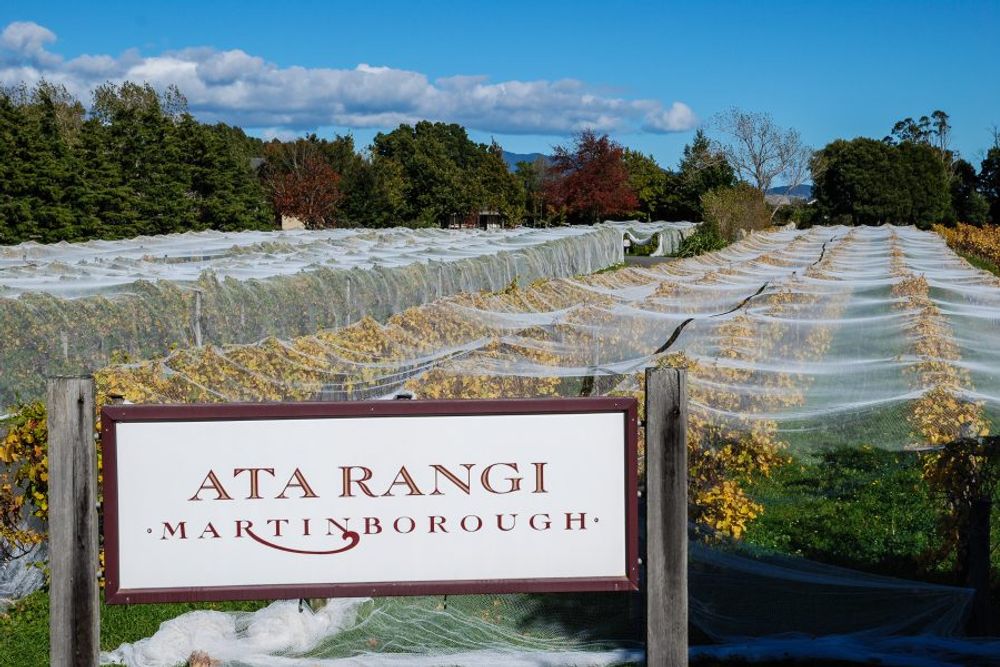
Ata Rangi is looking to take Pinot Noir from New Zealand – and Martinborough – to another level
After all, more often than not, in the viticulture or production sphere things are mostly done by plot or vineyard in the first place. It’s the obvious way to do things. A lot of top Pinot Noir producers outside of Burgundy do it for their top cuvées in the first place. But it’s nice to see New Zealand favourite Ata Rangi properly embrace the concept.
This year sees the commercial release of two new single-vineyard Pinot Noir wines: Kotinga and Masters, now set to sit alongside the standard Ata Rangi ‘estate’ bottling – the latter primarily sourced from vineyards directly around the winery just north of Martinborough town. Connoisseurs will know the estate has produced the single-vineyard McCrone bottling for many years, but the focus was always on the estate label.
Going it alone
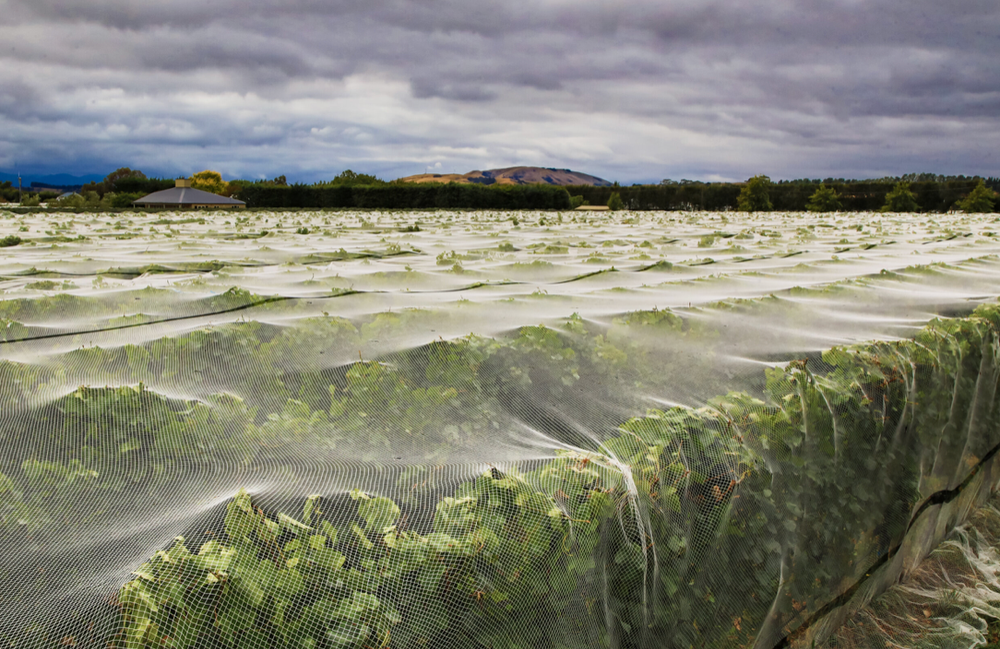
The Masters vineyard which Helen Masters and her husband Ben bought in 2015 and now produces grapes for one Ata Rangi’s single vineyard wines
The focus on the flagship wine will likely not change too much, but it’s nice to see a Martinborough winery going in this direction. Single vineyard bottlings had very much been at the forefront of fellow Martinborough big-hitter Escarpment and although many medium-sized wineries do produce the odd single-vineyard bottling at the upper end of their produce list, it’s not often trumpeted.
I should, though, point out at this juncture that Martinborough, being a relatively small wine region, doesn’t really allow for estate wines being anything much more than ‘home block’ bottlings – the vineyard is the estate and vice versa. Only the bigger producers have the single vineyard versus single brand quandry.
If it was up to me, I’d even split the estate bottling into its constituent parts, from Champ Ali to Walnut Ridge and points in between – there’s something wonderfully evocative about the names of any lieux-dits, or ‘climats’ if you will, let alone their actual history and etymology. But that’s just me, and it’ll be a surprise to no-one that I didn’t study business.
Challenging climate
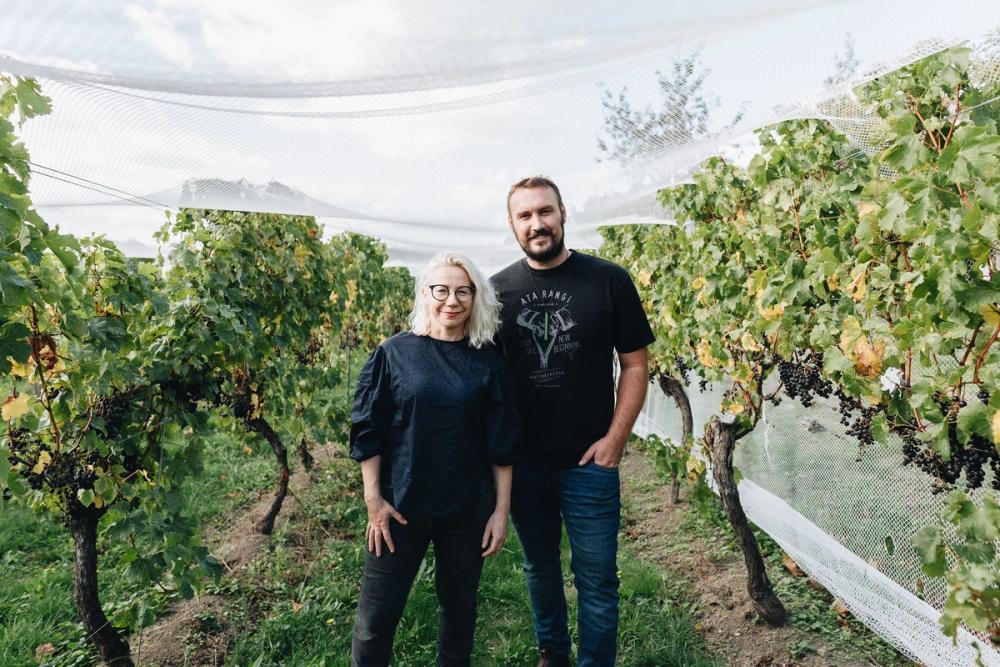
Winning team: Ata Rangi’s winemaker Helen Masters with assistant winemaker Ben Trinick
But what is the climate like for sales at the moment? I was expecting a cagey response from Ata Rangi’s winemaker Helen Masters:inflation; increasing dry goods costs; supply issues – even New Zealand hasn’t been spared the depredations of global forces.
But no, it’s not the climate of the market that’s the challenge, but the climate itself.
“It’s a good market – there are no problem getting orders – and demand has been strong,” says Masters. “We just don’t have the supply. 21, 22 and 23 were way below what we need. We’d just like to have the yields to sell.”
Just to bring you up to speed: 2021 saw frost hit yields; 2022 was a good season hampered by late rains; and 2023, although not hit too badly by Cyclone Gabrielle which pummelled vineyards in Hawke’s Bay and Gisborne, was nonetheless a wet season.
Things, though, are still moving. The vineyard team, headed up by former Villa Maria viticulturist Ian Ewart, is reassessing the vineyards in terms of density and rootstock (looking at better drought and nematode resistance), and Masters is having fun in the winery.
Sparkling wine production is on the cards with both a méthode traditionelle tucked away and a 2023 charmat-made Pinot Noir in the offing. Tantalisingly, Masters lets slip that some more Cabernet Franc is being put in the ground (nominally for their Bordeaux-esque red, Celebre).

Helen Masters has high hopes for the 2024 vintage
And while our chat meanders through the state of play at the winery (they’ve paired down their Sauvignon Blanc to only estate-owned fruit, and are using skin-contact more and more in its production, for instance – a seemingly deliberate step away from the almost ubiquitous green, clean Marlborough model here in New Zealand) talk keeps coming back to the recent wave of tricky vintages.
The US would like more wine, the UK is going fine and Australia “could take more wine”. So all eyes are on 2024 now.
But, to me, part of what makes Martinborough’s wines (particularly its Pinots) so good is that it can be such a marginal place to grow grapes. That’s likely scant consolation at the moment, but looking at some of these 2020 wines – wines made when the Covid pandemic was at its height and when, perversely, the sun shone benignly on New Zealand’s vineyards – it is sometimes worth putting up with.
Ata Rangi Tasting

Oliver Styles assesses the new single vineyard releases from Ata Rangi
Ata Rangi, Masters Pinot Noir, Martinborough, New Zealand 2020
The lighter of the four single vineyards, it’s easy to forget a lot of Burgundy is lighter than this. Beautiful, prune, macerated cherry, an abundance of bright, red fruit, redcurrant, pomegranate and oak toast. Soft, plush tannins with a trademark Ata Rangi bitter note on the finish. I first tasted Masters a couple of years back and judged it perhaps overly harshly – it has less guts than its stablemates (which is easy mark down in a dick-swinging contest) but, truth be told, New Zealand doesn’t need more “big” Pinot Noirs – it needs more Pinots like this: less guts more captivation.
Ata Rangi Kotinga Pinot Noir, Martinborough, New Zealand 2020
Smokey, brambly, raspberry on the nose. It’s palate where this wine shines, though. In fact, it’s on the finish as fruit and acidity and tannin fight each other inconclusively for an age. It’s glorious on the back palate: great length, poised tannins, harmonious fruit. Great length, smokey tension, lightness and strength. My pick of the bunch.
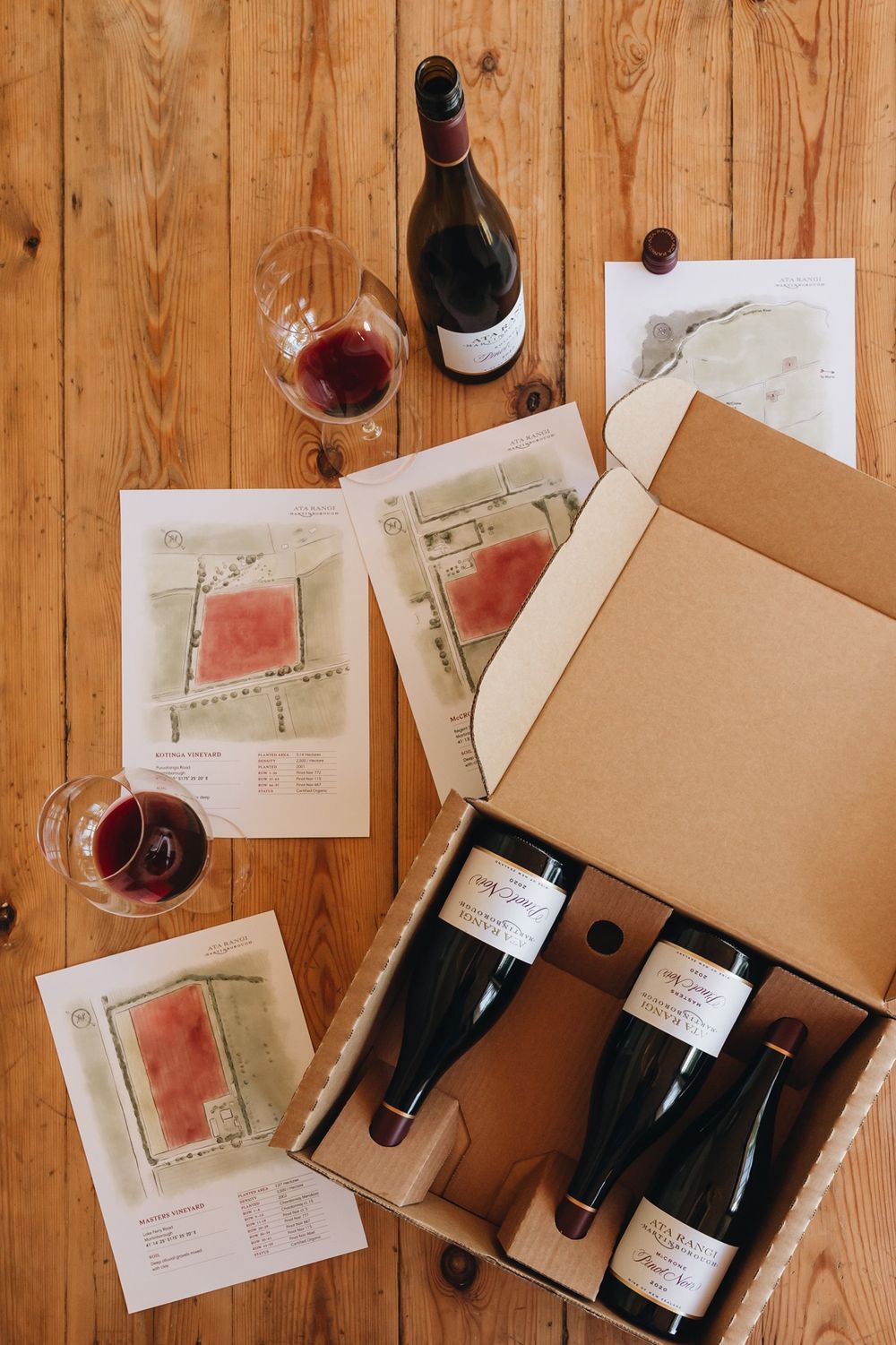
Oliver Styles says New Zealand needs more Pinot Noirs like the single vineyard wines being produced at Ata Rangi
Ata Rangi McCrone Pinot Noir, Martinborough, New Zealand 2020
Ata Rangi’s single vineyard OG. A bit backwards on the nose (but this is a young wine) with smokey, brambly elements and macerated cherries. Juicy palate, nice and moreish with smokey oak notes and a tiny touch of smokey rubber. Good length.
Ata Rangi Pinot Noir, Martinborough, New Zealand 2020
Something like a compilation of all the best bits (if it wasn’t for the fact that the vineyards for this wine are dotted about a relatively small area). Also quite reticent on the nose but still notes of smoke, raspberry, cherry, raspberry leaf and even pine hints along with light red fruit compote. Very supple on the palate with a lovely, tangy, juicy finish. Classic Ata Rangi: tense, bright (and broody!) with a hint of bitterness on the finish.
- You can find out more about Ata Rangi at its website here.
- Ata Rangi is distributed in the UK by Liberty Wines.
- Oliver Styles is a winemaker, consultant and wine writer based in New Zealand. You can read more of his work here and follow him on Twitter on @OliverStyles.
